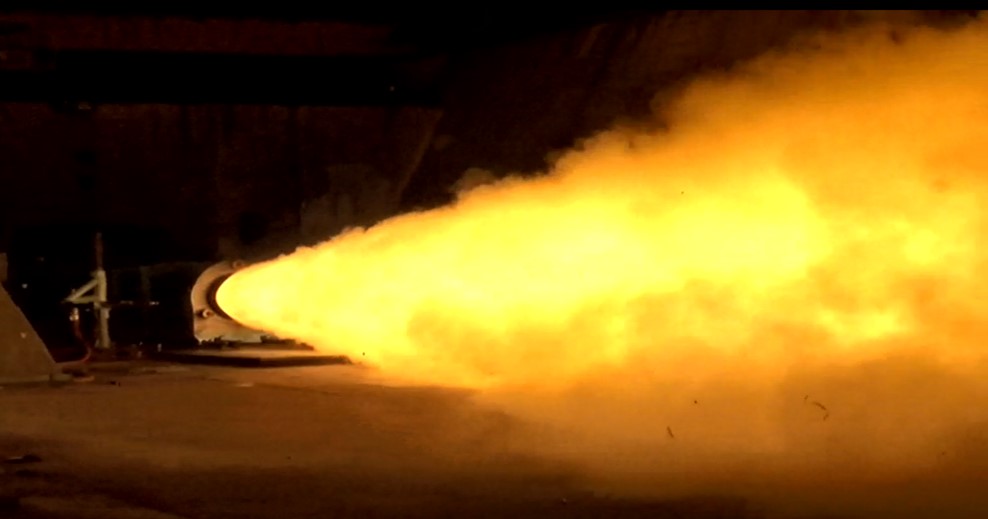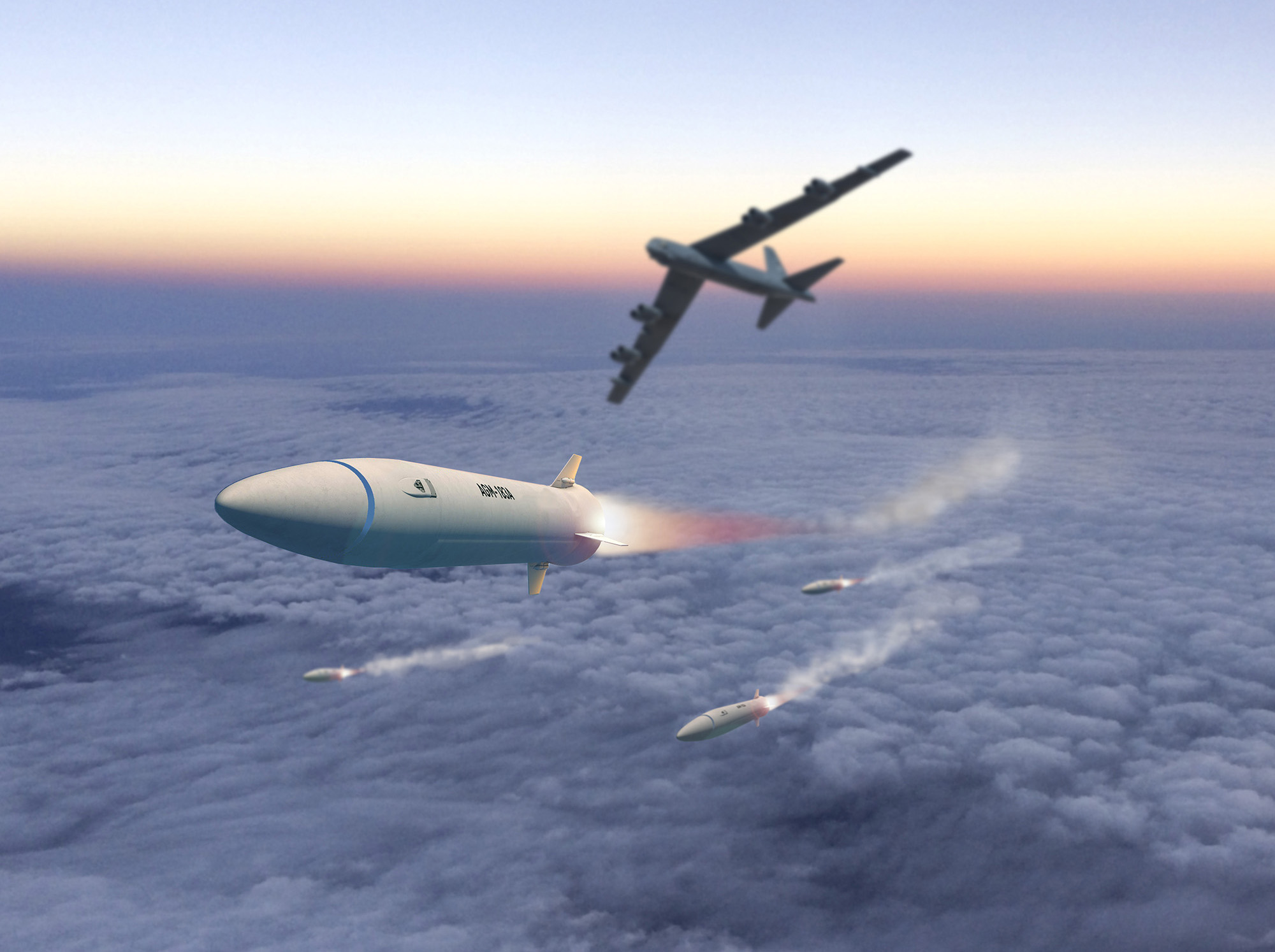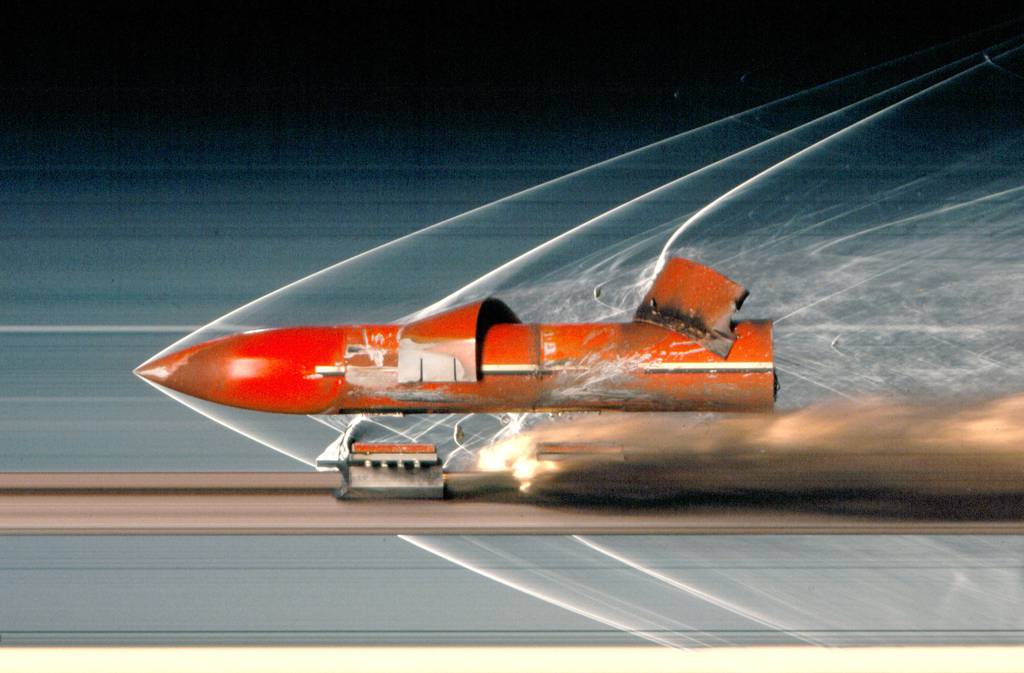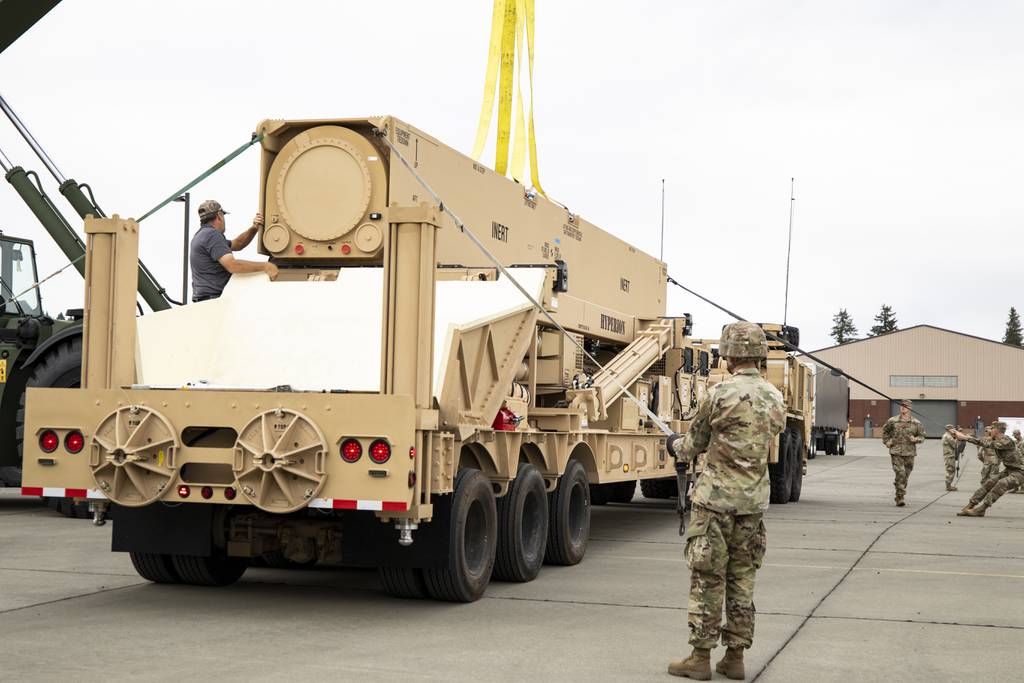dark sidius
ACCESS: Top Secret
- Joined
- 1 August 2008
- Messages
- 604
- Reaction score
- 211
What mean sour grapes ?“Insufficient operational demand” or in short “sour grapes”
What mean sour grapes ?“Insufficient operational demand” or in short “sour grapes”
It basically mean people pretend that they don’t want things which they can’t getWhat mean sour grapes ?
May be it mean that the TBCC technology does not work in fact....It basically mean people pretend that they don’t want things which they can’t get
In the case of the SR-71, the Air Force Chief of Staff when it was cancelled had been denied a seat as a Blackbird pilot. He just flat wasn't good enough as a pilot, the Blackbirds only gave the pilots 3-5sec away from the instruments at a time. And the AFCoS took that personally. Very personally.What mean sour grapes ?
In the case of the SR-71, the Air Force Chief of Staff when it was cancelled had been denied a seat as a Blackbird pilot. He just flat wasn't good enough as a pilot, the Blackbirds only gave the pilots 3-5sec away from the instruments at a time. And the AFCoS took that personally. Very personally.
Except he was the senior officer in charge of the air force. The only people above him in the chain of command were the civilian Secretary of the Air Force and the President of the United States.So he acted out of petty spite? That's disgraceful and something that should've got him demoted.
The Chief Of Staff is top of the pyramid. You don't get demoted from that, you're it until you step down/retire or are fired.So he acted out of petty spite? That's disgraceful and something that should've got him demoted.
May be it mean that the TBCC technology does not work in fact....
Maybe the difference isn't big enough for a TBCC without the goal of going hypersonic.....
It seam that USAF is interested by a high mach turbine , instead of a mix of TBCC. May be the futur variable cycle engine are more promising in term of speed and practice than the TBCC concept...

No details other than it is apparent that they are in the same class as the CPS stages (32.5” diameter).Are there any details about the Zeus 1 and 2 SRMs available? What are they used on?

It seam that USAF is interested by a high mach turbine , instead of a mix of TBCC
making turbines work at higher speeds and ramjets at lower speeds.
I've heard this many times but ramjets have started at slower than Mach "X+2". ASALMs took over at Mach 2.5 and was good up to Mach 5+.A high mach turbine is critical to making TBCC work, and it also enables other things.
The problem with TBCC is that turbines work OK up to speed X. Ramjets start working OK at speed X + 2. There has been a lot of work to close that gap - making turbines work at higher speeds and ramjets at lower speeds. There has been some, little progress but not enough to warrant flight testing (i.e. $5b for "SR-72").
Falcon 9 with conventional MaRVs?Go to the reusabl,e good news, it is like the St Graal in aeronautics.
Air Force Looks to Reusable Hypersonics as ARRW Ends
As the Air Force ends testing of the ARRW missile, it is now looking toward the air-breathing HACM and reusable hypersonics.www.airandspaceforces.com
Reusable not expendable , in my opinion there is a progress in the black for a reusable high supersonic or hypersonic craft, may be progress with rotating detonation engine or something similar...Falcon 9 with conventional MaRVs?
I thought Maverick crashed it.Reusable not expendable , in my opinion there is a progress in the black for a reusable high supersonic or hypersonic craft, may be progress with rotating detonation engine or something similar...
I thought Maverick crashed it.

Ramjets will light at subsonic speeds, they just have terrible efficiency that slow.(...) turbines work OK up to speed X. Ramjets start working OK at speed X + 2. There has been a lot of work to close that gap - making turbines work at higher speeds and ramjets at lower speeds. There has been some, little progress but not enough to warrant flight testing (i.e. $5b for "SR-72").
1: OASuW-2 is NOT JUST HACM, in fact HALO is the program and the speeds likely won't be hypersonic, instead ~mach 4 as the length of booster needed to reach hypersonic speed for scramjets is likely too long for carriers to handle as there are limits to things such as magazines on carriers and the elevators to bring up those munitions to the flight deck, etc..Interesting takeouts:
1. OASuW-2 (Offensive Anti-Surface Warfare Increment II) - is that just going to be HACM?
2. CPS - sea-launched LRHW?
3. TBG - the warhead for ARRW and LRHW? But range is described as tactical? PrSM warhead for the future?
4. HAWC - longer range version of HACM?
View attachment 717824
View attachment 717825
Just for clarification, LRHW/CPS follows a direct lineage from SWERVE (Sandia program from the 80s) to AHW (late 2000s to early 2010s) to CHGB (glide body for LRHW/CPS). CHGB is a winged conical body that has a low L/D. CAV was part of DARPA’s HTV program that paralleled AHW. CAV was a high L/D body that shared no commonality with SWERVE/AHW/CHGB, other than some of the materials utilized.3: TBG is SIMILAR to warhead/glider of ARRW, it's the OpFires warhead and may be an ARRW successor if its cancellation holds. For the LRHW warhead, look into AHW Advanced Hypersonic Weapon and CAV Common Advanced re-entry Vehicle programs from the 80's.
What US program was testing hypersonic weapons over Australia a decade or so back?
Maybe a rocket that burns just long enough to bridge the gap? A sleeve that burns into wider throat to hand-off to the ramjet?A high mach turbine is critical to making TBCC work, and it also enables other things.
The problem with TBCC is that turbines work OK up to speed X. Ramjets start working OK at speed X + 2. There has been a lot of work to close that gap - making turbines work at higher speeds and ramjets at lower speeds.
I accidentally said Dark Eagle, but I meant Falcon which was a name for TBG program.You seem to be confusing multiple systems. Dark Eagle is the U.S. Army’s LRHW, which shares tge same all up round as the USN IRCPS. Both use the SWERVE based biconic glider and are surface launched. The AGM-183 is the USAF weapon that uses the glider from DARPAs Tactical Boost Glide program. We don’t know its range either, though it is rumored to be ~1000mi. It seems unlikely it will enter production. OPFIRES is another DARPA project primarily focused on a throttling solid rocket motor. It is not a weapon development program. The project uses a pallerized platform which can be mounted by the pallet handling trucks of the U.S. Army or USMC (eg HEMMT M1120). It is not related to Himars.
Im just curious how well do the missiles compare to some of the more first-gen russian radar based hypersonics like the Vympel R-27ERs?Just trying to keep them straight. So we have (pulled from a couple different articles recently posted):
1. AGM-183A - Air-Launched Rapid Response Weapon (ARRW). "The ARRW, like many of the emerging threats, is an air-launched, rocket-boosted unpowered hypersonic glider. To be developed under a $480 million initial contract, potentially worth $780 million including early production through 2023, the ARRW work is an extension to Lockheed’s pre-existing DARPA contract under which it is building the virtually identical Tactical Boost Glide (TBG) demonstrator." Lockheed Martin Missiles and Fire Control
2. Hypersonic Conventional Strike Weapon (HCSW). The HCSW is a solid-rocket-powered, GPS-guided missile, and is targeted at initial operational capability on existing combat aircraft in fiscal 2022. Lockheed Martin Space Systems
3. Hypersonic Air-breathing Weapon Concept (HAWC). A scramjet-powered missile demonstrator similar in concept to the Air Force Research Laboratory/Boeing X-51A scramjet-powered vehicle that exceeded Mach 5 in a 2013 flight test. Both Lockheed Martin Skunk Works and Raytheon
4. Raytheon, which is partnered with Northrop Grumman Innovation Systems (formerly Orbital ATK) on the scramjet for HAWC, is also in final negotiations with DARPA to develop and test a TBG glide demonstrator. Raytheon’s newest work is believed to be supporting DARPA development of a ship-launched TBG for the U.S. Navy. In July, Lockheed was awarded a $40.5 million Navy Hypersonic Booster Technology Development (HBTD) contract, also believed to be related to this effort.
5. Another one of the projects in the Technology Transition Program is the Advanced Full Range Engine (AFRE), which aims to demonstrate a hybrid propulsion system that would utilize a traditional turbine engine and transition to a Dual Mode Ramjet (DMRJ) for hypersonic travel. Ground tests are planned for 2019 or 2020. This is a joint effort between DARPA and the National Aeronautics and Space Administration (NASA).
6. The Army and Navy are also working on developing hypersonic capabilities. The Army is working with DARPA on studying a ground-launched capability for hypersonic boost glide weapons through the Operational Fires project. This effort was funded at $6 million in FY18 and $50 million in the FY19 request. Operational Fires will also leverage work done on the Air Force TBG program. The Army was previously conducting work on the Advanced Hypersonic Weapon. A successful flight test was conducted in November 2011, but an August 2014 flight test failed due to a problem with the booster rocket used to launch the glide vehicle.
7. The Navy was tasked with a follow-on test using a downsized hypersonic vehicle. Downsizing provides the Navy with the ability to analyze possible future ship-launched capabilities. The Navy's Strategic Systems Programs office conducted this test in October 2017, dubbed Flight Experiment-1. A rocket carrying the glide vehicle was launched from Hawaii, after which the glide vehicle flew more than 2,000 miles in about 30 minutes. Other details of the test were classified.
8. In addition to the ARRW, HCSW, TBG, and HAWC, Lockheed's "Skunk Works" is believed to still be working on the High Speed Strike Weapon, which sources say is a tactical missile in the Mach 3-plus category that resembles its D-21 drone, which USAF launched from SR-71s and B-52s in the 1970s. The HSSW is derivative of the Revolutionary Approach to Time Critical Long Range Strike program Lockheed explored with the Navy in the early 2000s. (This sounds more like speculation as they seem to be conflating two different programs.)
This is how a number of ramjet missile systems work, starting at least as far back as the old SA-6. The issue for hypersonic weapons is that this combustion chamber configuration is not compatible with a scramjet wave rider. Other scramjet configurations might be; HyFly I think was something that was supposed to transition from solid rocket to ramjet to scramjet.Maybe a rocket that burns just long enough to bridge the gap? A sleeve that burns into wider throat to hand-off to the ramjet?
Especially a solid rocket that burns out the throat of a ram/scramjet.The problem for reusable aircraft is having a rocket engine as your starting point.

